Four years ago, in 2018, I made a video about the 2018 Mitsubishi Outlander GT, calling the SUV “shockingly behind in the most competitive vehicle segment in the world.” And rewatching this video, I come to the conclusion that I was not mistaken – the Outlander of that generation was extremely rude to drive, it had a slightly bizarre design and the interior was replete with rather poor quality trim materials. In the spring of 2021, I had the opportunity to drive a brand new fourth-generation Outlander – then the company made a noticeable qualitative leap, and the senior editor of our publication called the new SUV “almost the best in its class”, it was a real revelation for the brand.
And today, Mitsubishi is selling Outlanders SUVs as quickly as possible – the model is taken away immediately after release from the factory. What’s more, a car that was once prized by buyers for being able to purchase an SUV at deep discounts now provides an impressive package of features even at full retail price. This is especially true of the new and very well-made hybrid version of the Outlander – this is the dream of those SUV buyers who are not yet ready to completely abandon the internal combustion engine, but want to get new technologies and partial electrification.
Characteristics
- Engine: 2.4-liter, 4 cylinders.
- Electric propulsion: Twin Permanent Magnet Synchronous.
- Power: 248 horsepower.
- Distance on battery: 60 kilometers.
- Number of seats: 7.
First driving impressions
Mitsubishi invited several journalists for the first test drive of the Outlander PHEV – it lasted about 45 minutes on the roads of a relatively large city. And the car I got to drive gave me a great idea of a really impressive powertrain, but getting more detailed feedback on ride and handling on various surfaces is still out of the question – I need to spend a lot more time behind the wheel of this SUV to give a detailed answer.
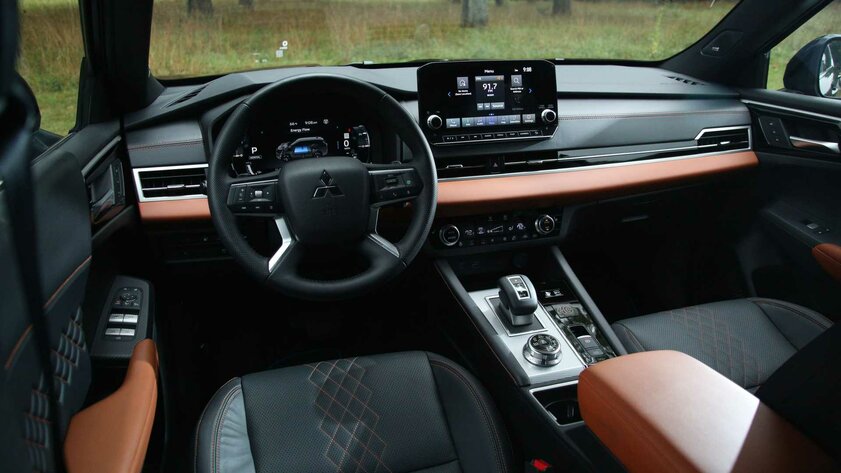
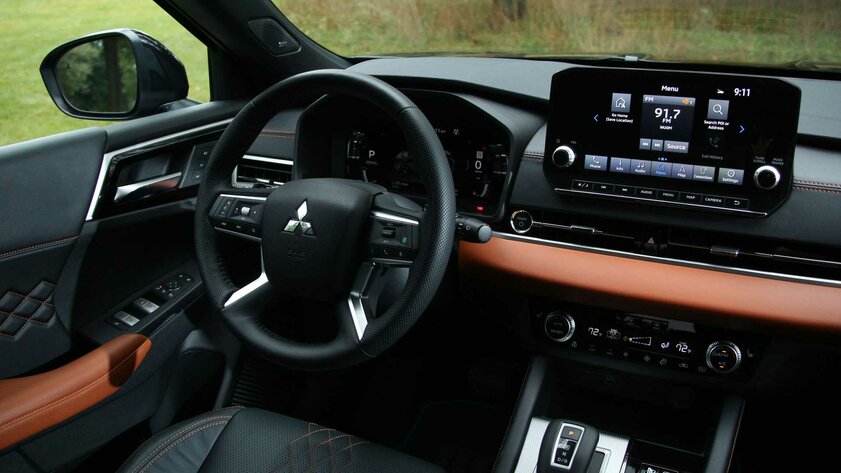
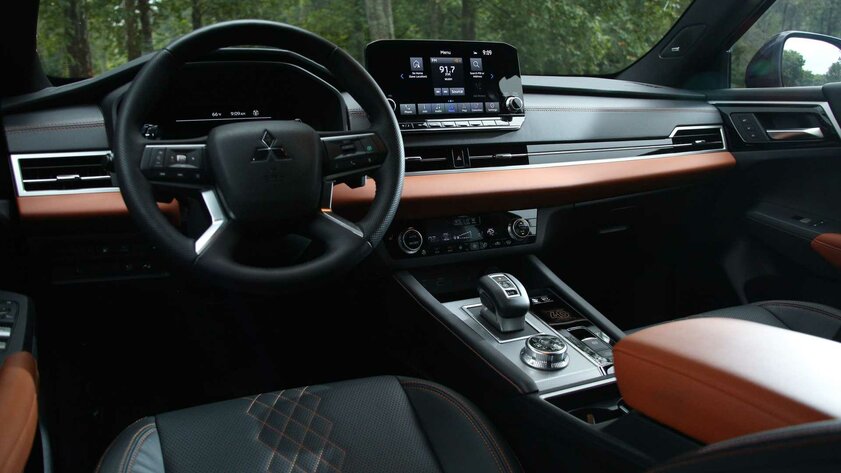
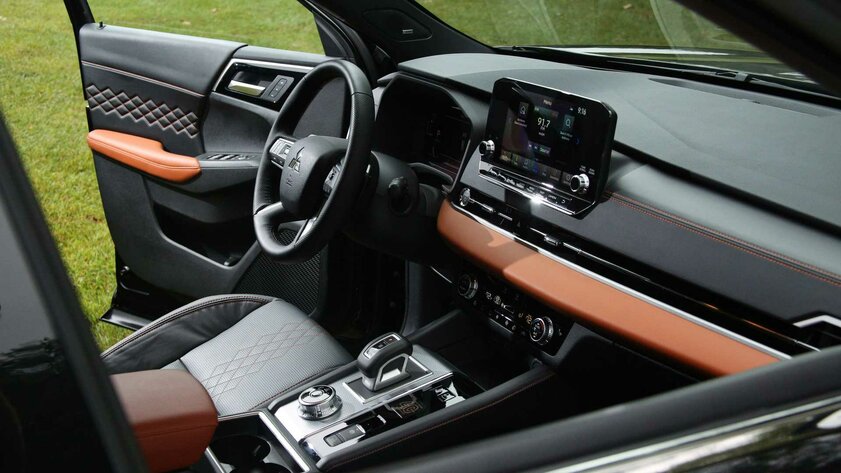
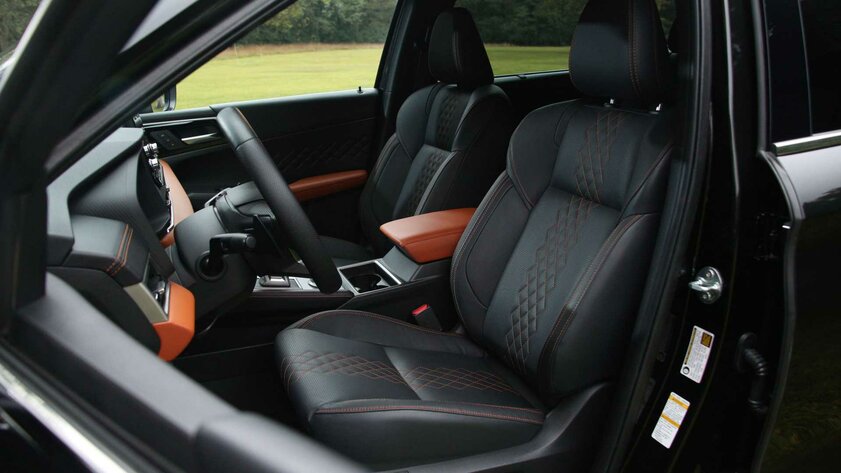
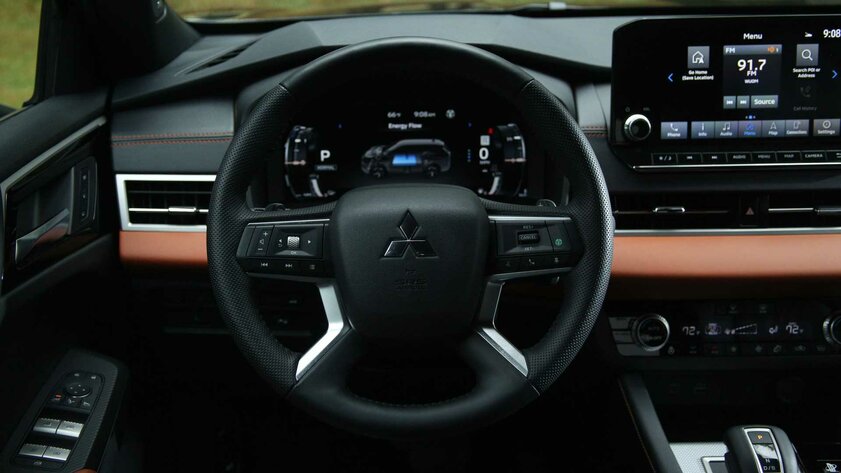
It is worth noting that the plug-in hybrid powertrain has been completely upgraded from the previous generation of the Outlander PHEV, although, of course, the overall concept has remained absolutely the same. This SUV has two electric motors (85 kW unit on the front and 100 kW on the rear axles) and a 2.4-liter four-cylinder internal combustion engine. The internal combustion engine in this SUV adds 131 horsepower and can be used to start the car in front-wheel drive, recharge a 20 kWh battery, or both, depending on the drive mode selected by the user.
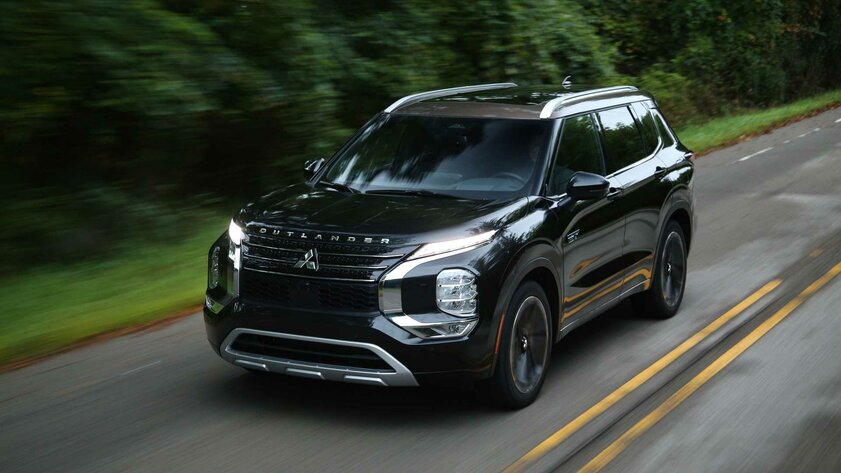
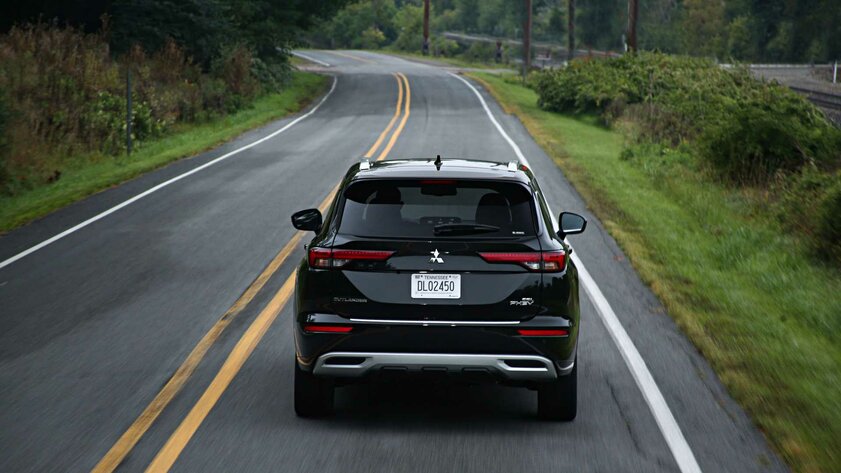

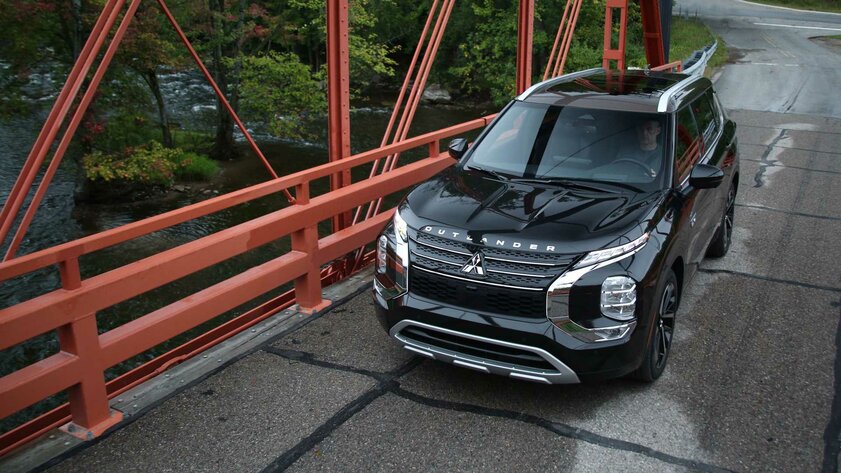
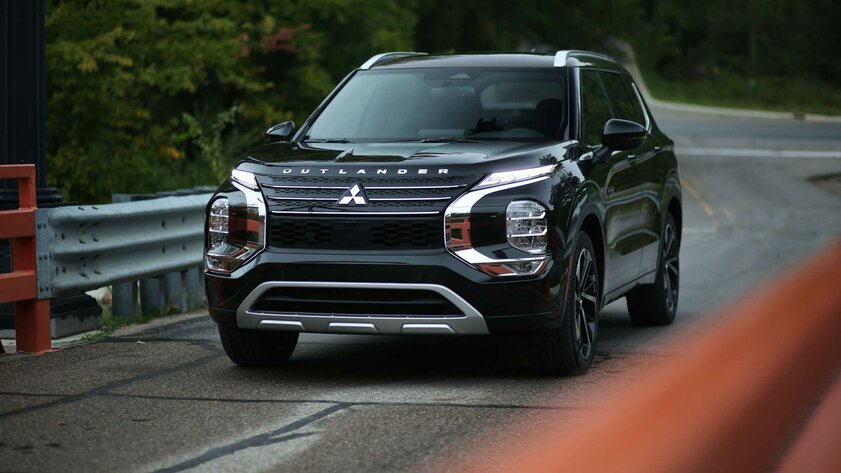
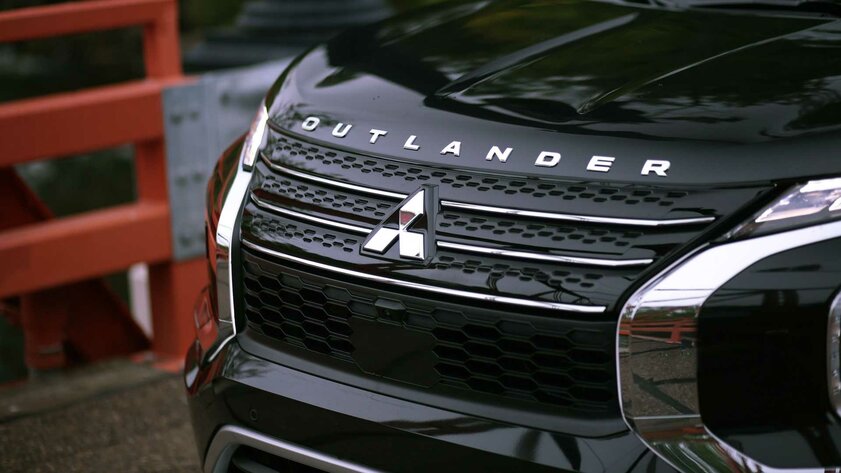
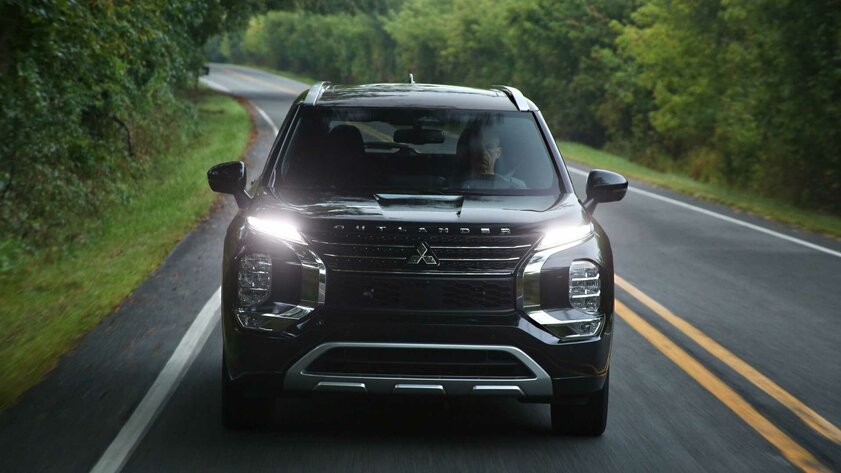
As a result, the total power output of the Outlander PHEV system is 248 horsepower – with this installation, the potential owner gets the opportunity to drive up to 60 kilometers on electricity only. Moreover, even without a differential that connects the front and rear axles, the installed electric motors provide the Outlander PHEV with permanent all-wheel drive with excellent acceleration characteristics. What’s more, the system provides the wearer with additional peace of mind when operating in cold climates. And, of course, the combination of electric motors, battery and internal combustion engine allows the new Outlander PHEV to be used in three driving modes.
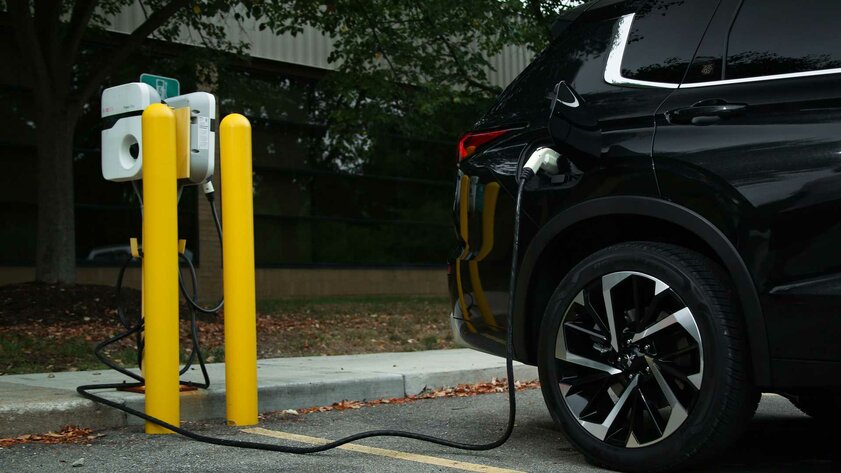
For example, in EV mode, the vehicle is driven solely by electric motors – gasoline is not used in this case. What’s more, hybrid mode uses a conventional internal combustion engine to charge the battery, plus there’s a parallel hybrid mode that sends power from the gasoline engine to the front axle, while the electric motors kick in to assist when needed.
Huge selection of modes and riding on one pedal
If you’re already starting to get tired of listing all these modes, it’s worth noting that I haven’t said anything yet about the seven driving modes that affect the operation of the so-called four-wheel drive, the gas pedal and power steering. But don’t worry about it – the company’s engineers have tried to mimic the driving experience of a conventional vehicle as much as possible, and in any of the transmission configurations, they have largely succeeded. Of course, you will hear the sound of the internal combustion engine, without it, but otherwise this car is exceptionally quiet during driving.
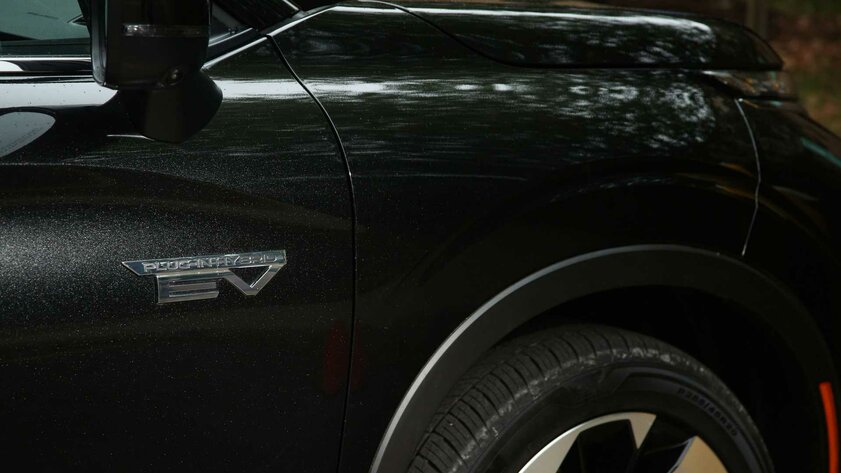
At the same time, acceleration, which is provided by a fairly good torque, allows you to feel extremely cheerful behind the wheel of the Outlander PHEV. In addition, this SUV has a very convenient driving mode with the strange name Innovative Pedal – in this case, you will control the car with just one pedal instead of two. This mode is activated using the corresponding button on the center console – the system automatically increases the brake regeneration force, allowing the SUV to almost come to a complete stop if the driver takes his foot off the gas pedal.
Is it worth it
The range of 60 kilometers provided by the car’s battery pack will naturally not be enough to convince someone who wants an all-electric car. But I am sure that the overall efficiency of this vehicle, taking into account the price, will look more than profitable. After all, in the end, for 41 thousand dollars you get an SUV that is much more spacious than the Toyota RAV4 Prime for the same money. Yes, the Outlander PHEV has less power and offers 10 kilometers less range in EV mode, but it has its advantages – a third row of seats that can be used in many different situations and a much nicer interior.
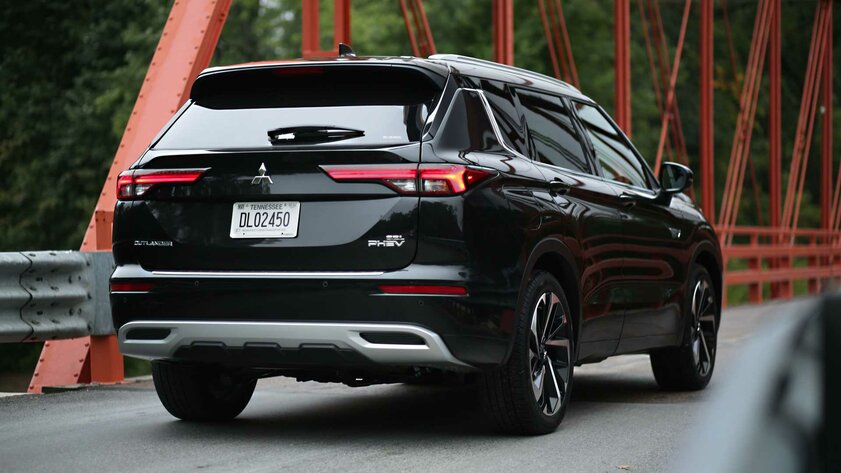
Accordingly, I think that for people with short trips to work or shopping, the available distance of 60 kilometers, combined with support for the fast charging function (charges the battery from 0% to 80% in 38 minutes), is a really important advantage. Whether you plan to charge your car at night (a full battery charge takes about six hours on a typical plug-in charger) or simply plan to enjoy the benefits of a hybrid system, this car has optimal operating modes for every scenario.
This is a translation of Motor1 test drive.
Source: Trash Box
I am Joyce Corbett and I have been working in the news industry for over 10 years. My current role is as an author at World Stock Market, where I focus primarily on the tech section. My specialty is creating engaging content that helps to explain and demystify complex financial topics.







